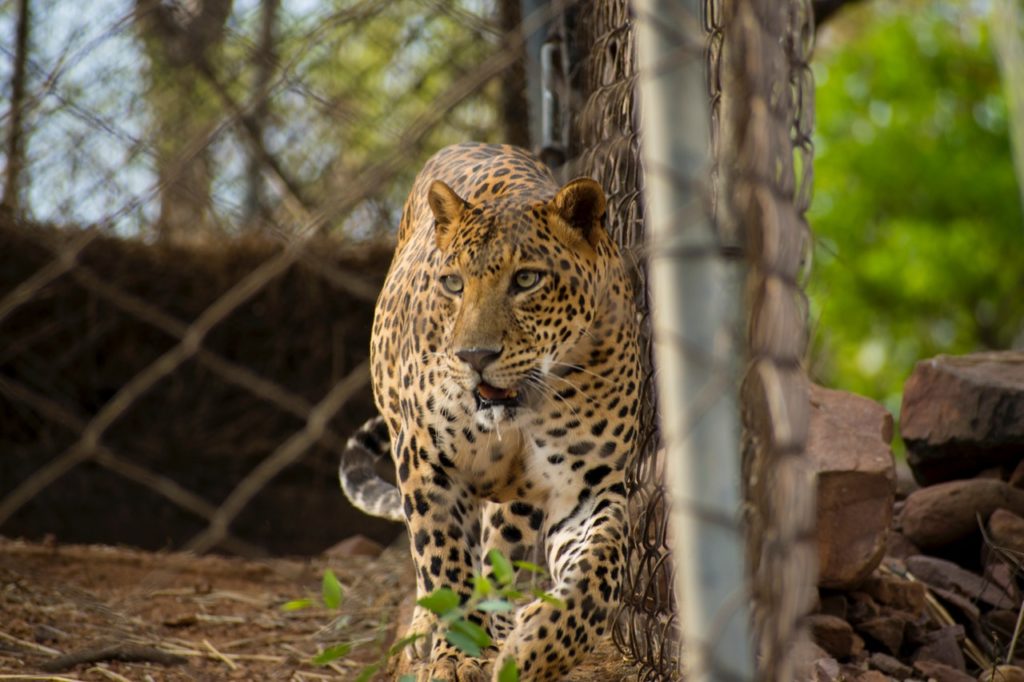Captive wildlife attractions and interactions remain a complex, contentious and emotionally charged issue. There is an increasing movement, both locally and internationally, against tourism experiences that potentially harm animals. Recently Airbnb launched its ethical animal experiences and the company, as well as others like Booking.com, have distanced themselves from wild animal petting and circus acts to name a few.
In response to the global move, the Southern Africa Tourism Services Association (SATSA) started a research initiative to develop a long-term vision for South Africa’s tourism industry with regards to animal interactions in tourism.
To help position South Africa as an ethical tourism destination, SATSA has designed a framework to guide attractions, operators and tourists and to develop high-level suggestions for legislative intervention and regulation. View the guide here. View the tool here.

Also read: Travel sites stop selling tickets to captive animal performances
Leveraging the findings of the research study, SATSA will now collaborate with its members and the broader tourism industry to ensure the research findings are translated into broadly accepted and practically applicable animal interaction guidelines.
It tackles issues of canned hunting, trade in body parts, deceptive behaviour or illegal operations. Primarily, the research outlines a ‘home-grown’ solution to a complex problem, one which draws a line – moving the SA tourism industry forward in terms of responsible and sustainable practices.
Scope
The study and resultant guide and tool explore the intricacies of animal interactions, including the reason why the animals are in captivity in the first place; the source of the animals; the use of the animals while in captivity; and the likely destination of the animals. This takes its ambit beyond the work usually done on captive/wildlife welfare to the full lifecycle of the animal interactions industry.
Outcome
The study conveys findings and recommendations around:
– Performing animals (all types of animals, including elephants, predators, primates, cetaceans, birds, reptiles etc. trained to perform in a public show or display)
-Tactile interactions with infant wild animals (e.g. cub petting)
-Tactile interactions with predators or cetaceans (any interaction with land predators or aquatic mammals)
-Walking with predators or elephants
-Riding of animals (including sitting on elephants, ostriches etc.)
Also read: SA reclassifies wild species as farm animals
Image: Pexels
You may also like
Related Posts
China’s National Health Commission has published a list of controversial coronavirus treatments that have animal...
read more
Warmer sea temperatures in the summer months, especially in February, were recorded and are believed...
read more
The latest report indexing the world's happiest countries has highlighted the important role of...
read more